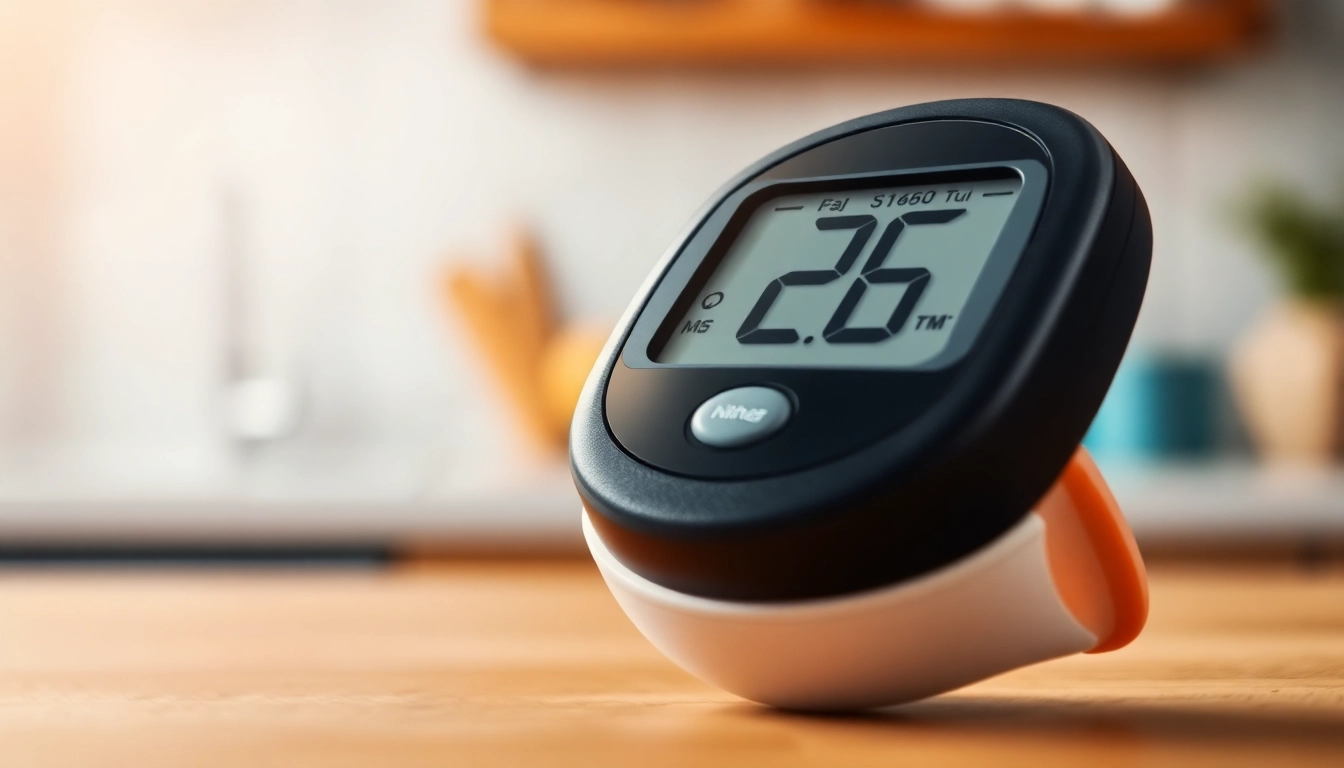Introduction to Marijuana Impairment Testing
The legalization of marijuana in many jurisdictions across the United States has sparked significant changes in public policy, particularly concerning marijuana impairment testing. The challenge lies in accurately determining when an individual is impaired due to marijuana use. Unlike alcohol, there is currently no standardized test similar to blood alcohol concentration (BAC) that can reliably measure impairment resulting from tetrahydrocannabinol (THC), the active psychoactive ingredient in cannabis. This creates a multifaceted problem for law enforcement, employers, and public safety officials.
The importance of implementing effective marijuana impairment test cannot be overstated, as it impacts road safety, workplace policies, and legal frameworks. This article aims to explore the dynamics of marijuana impairment testing, including its implications, technologies, scientific underpinnings, regulatory considerations, and the future outlook for testing methods.
What is Marijuana Impairment?
Marijuana impairment represents the diminished mental and physical capabilities of an individual as a result of consuming cannabis. THC affects cognitive functions, motor skills, and overall decision-making processes, all of which are critical to activities such as driving and operating machinery. Impairment can manifest in various ways, including delayed reaction times, altered perception, difficulties in attention, and decreased coordination. Recognizing these effects is paramount as it informs the methodologies for assessment and testing.
Importance of Testing for Impairment
Testing for marijuana impairment is crucial for enhancing public safety, especially on the roads. Given the rise in cannabis consumption due to legalization, officials need effective tools to gauge when individuals are impaired. Research shows that impairment can significantly increase the risk of accidents, with studies indicating that drivers under the influence of marijuana can experience a higher likelihood of collisions compared to sober drivers. Furthermore, employers are increasingly tasked with maintaining safety in workplace environments, which necessitates having reliable testing to determine employee fitness for duty. Therefore, establishing reliable impairment testing is a priority for both public safety and occupational health.
Current State of Testing Technologies
Current testing technologies for marijuana impairment can be categorized primarily into two types: behavioral assessments, such as field sobriety tests, and chemical analyses, including blood, urine, and saliva tests. While these methods provide some insights, none can definitively assess impairment like BAC measures do for alcohol. The absence of a universally accepted standard creates challenges for law enforcement and legal systems, leaving them to rely on circumstantial evidence and subjective measures.
Understanding the Science Behind Impairment
The Effects of THC on Driving
THC interacts with the endocannabinoid system in the brain, which plays a role in various functions, including mood, memory, and coordination. These interactions can impair cognitive functions that are critical for safe driving. Research illustrates that THC can slow reaction times and impair judgement, leading to risky driving behaviors. Unlike alcohol, where effects can be quantified quite easily, the effects of THC vary significantly among individuals and depend on factors such as dosage, method of consumption, and personal tolerance levels. It is also important to note that the effects can last longer than the substance remains detectable in the body, complicating the assessment of real-time impairment.
Biomarkers and Their Role in Testing
Biomarkers are measurable indicators that can be used to evaluate impairment status. For marijuana testing, biomarkers such as THC levels in blood or saliva are commonly referenced but are not foolproof indicators of impairment. Research indicates that THC metabolites can remain in the system for days or even weeks after use, leading to potential discrepancies between the presence of THC and actual impairment. This has prompted a push for testing methods that focus more on immediate impairment rather than just the presence of cannabinoids.
Comparison with Alcohol Impairment Measures
One of the major challenges with marijuana impairment testing is the lack of a straightforward comparison to established alcohol impairment metrics like BAC. With alcohol, a blood level of 0.08% is widely accepted as a sign of impairment. However, there is currently no medically or legally accepted threshold for THC impairment, complicating enforcement and legal proceedings. Some jurisdictions have implemented per se laws, establishing THC concentration levels that constitute impairment, but these vary significantly and remain contentious. This inconsistency signals the need for comprehensive research and standardized testing protocols to effectively address marijuana-related impairment.
Current Methods of Testing for Marijuana Impairment
Field Sobriety Tests vs. Chemical Testing
Field Sobriety Tests (FSTs) are often used by law enforcement as initial assessment tools to gauge impairment. These tests assess physical abilities such as balance, coordination, and cognitive functions through standardized exercises. However, FSTs can be subjective and depend heavily on the officer’s observations, which may introduce bias. In contrast, chemical tests provide objective data about the presence of cannabinoids in bodily fluids but do not directly correlate with the level of impairment. Blood and urine tests are the most common, but saliva tests have gained traction due to their non-invasive nature and quicker results. Nevertheless, the effectiveness and reliability of these tests are still under scrutiny.
Emerging Technologies in Impairment Testing
Recent advances in technology aim to develop more accurate and real-time detection of cannabis impairment. One promising area of research involves neuroimaging, which investigates brain wave patterns to assess impairment. Technologies like the Gaize system have begun demonstrating how video-based and behavioral analysis can help assess impairment by measuring eye movement, reaction times, and cognitive responses in real time. These technologies represent a significant shift, moving from traditional chemical testing protocols to more integrated systems that can provide immediate insights into an individual’s impairment.
Regulations Around Testing Procedures
The regulatory landscape surrounding marijuana impairment testing is complex and varies by state and industry. Many states have established threshold guidelines for THC levels, while others solely rely on behavioral assessments without any standardized legal limits. These inconsistencies can cause confusion and enforcement challenges in law enforcement circles. In workplaces, employers often navigate a fine line, balancing employee rights against safety standards. It remains crucial for stakeholders to remain aware of the changing regulations to ensure compliance. The evolving legal frameworks will influence how testing protocols are structured and administered in various contexts.
Legal and Ethical Considerations
Privacy and Consent Issues in Testing
Testing for marijuana impairment raises significant privacy and consent concerns. Individuals subjected to testing often have little say in the process, particularly in the workplace or during traffic stops. The invasive nature of some drug testing methods, coupled with the potential for misuse of data, highlights the necessity for clear legal guidelines and ethical frameworks governing these assessments. Employers should prioritize transparent policies that outline the testing process and guarantee the confidentiality of results while balancing organizational safety needs.
Regulatory Framework for Marijuana Testing
The existing regulatory framework for marijuana impairment testing is fragmented. Federal laws do not provide comprehensive guidelines; instead, states have taken the initiative to form their regulations based on public safety interests and legal considerations. This lack of cohesion can lead to discrepancies in enforcement and compliance and confusion among agencies tasked with maintaining public safety. Establishing a unified framework that includes standardized testing protocols would assist in consolidating approaches across state lines and industries.
Impact of Legalization on Impairment Testing
The legalization of marijuana has drastically altered the landscape of impairment testing. In states where cannabis is legal, the approach toward testing and regulation has shifted to accommodate a new normal. Many employers have reevaluated their drug policies, striking a balance between accommodating legal usage and maintaining safety. However, the absence of standardized impairment metrics complicates the implementation of these policies. Ongoing conversations around legalization will influence the frameworks that emerge regarding marijuana impairment testing, reinforcing the need for continual research and dialogue among stakeholders.
Future Directions in Marijuana Impairment Testing
Innovative Research and Development
Future research is crucial for advancing marijuana impairment testing to meet public safety needs. Investigative efforts are focused on exploring innovative testing methods, including technology-driven solutions and behavioral assessments that demonstrate real-time impairments. Collaborations between academic institutions, tech companies, and law enforcement could yield significant breakthroughs, potentially creating more universally accepted and accurate testing methods. These innovations could contribute to more equitable and reliable assessments of impairment across various contexts.
Potential Improvements and Challenges Ahead
While there are many promising avenues for improving marijuana impairment testing, several challenges lie ahead. A major hurdle is developing consensus on scientifically validated thresholds for impairment, similar to BAC for alcohol. Additionally, integrating technological advancements into existing law enforcement practices and workplace settings will require substantial investment and training. Ongoing advocacy will be essential to navigate the intricacies associated with regulatory frameworks, ensuring that public safety remains a priority while fostering an inclusive approach for individuals who use marijuana legally.
The Role of Employers and Law Enforcement
Employers and law enforcement officials have critical roles in shaping the future landscape of marijuana impairment testing. Employers must adopt comprehensive drug policies that reflect both legal compliance and workplace safety. Law enforcement, on the other hand, is tasked with enforcing these policies equitably, relying on accurate and reliable testing technologies. Increased collaboration among employers, law enforcement, and public health officials will foster more integrative approaches to addressing marijuana impairment and enhance the overall effectiveness of testing protocols. Ensuring stakeholder engagement and public education is also paramount to bridging gaps in understanding and compliance.



